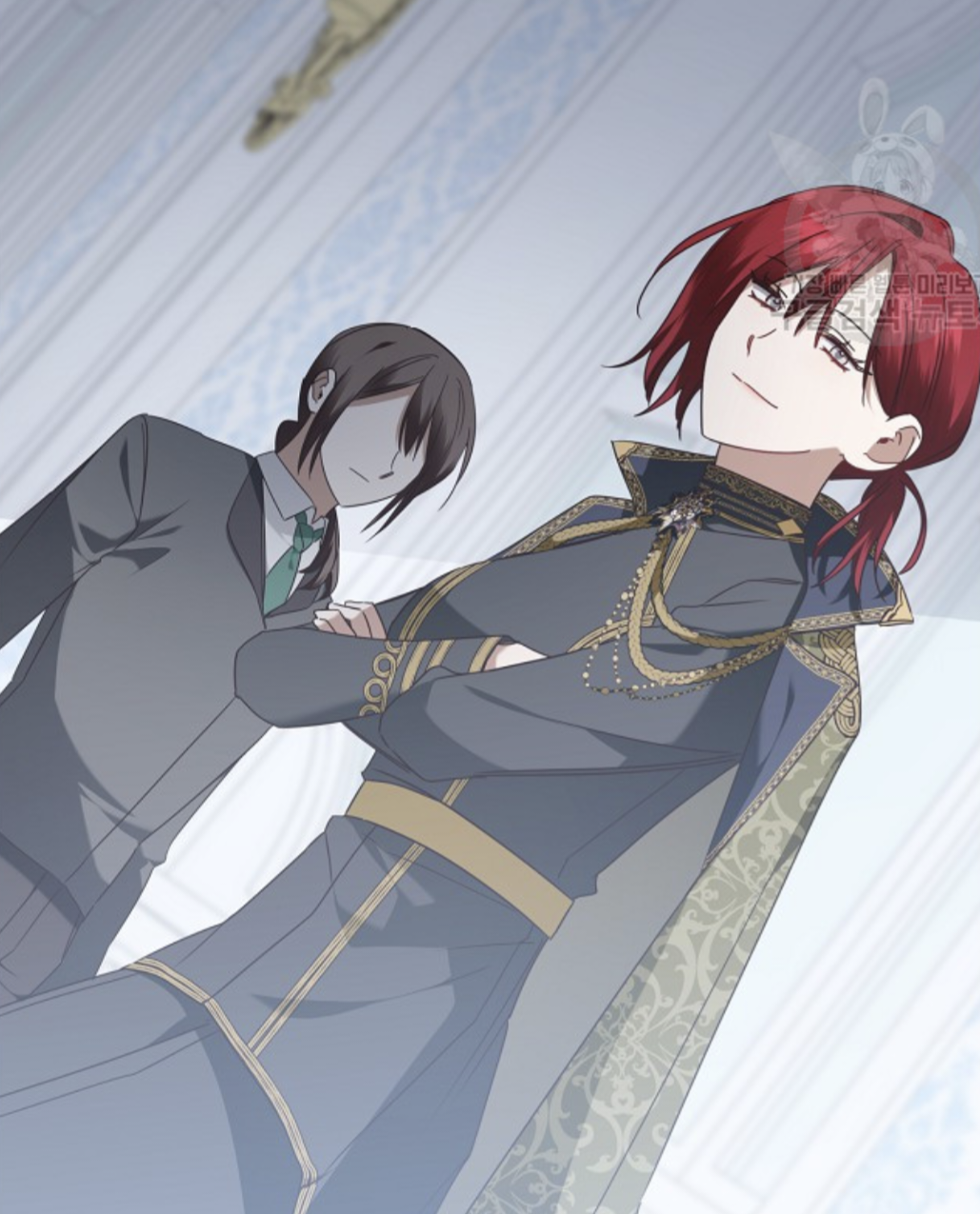This is a blog post I wrote on the many elements and mechanics of 13th Age you can port over to your favorite d20 games–or if you are feeling adventurous, reasons to try out a few games of 13th Age! I’ve enjoyed the system in my time with it and just wanted to share some of the cool ideas :)
Nice couple of articles! There’s definitely a place for some kind of a wiki listing and comparing interesting and unique game mechanics.
Thanks :) I have a lot more “Get Inspired” articles in the works! Ironsworn, Blades in the Dark, Genesys/Star Wars just to name like half of what I have started 😅
I do love 13th age ideas. I use icons ans one unique thing in most games i run
This is a good article I think for DMs who have only done one system! I can only talk about 5e here, but:
Backgrounds as Skills
Iirc in the DMG you are encouraged to take backgrounds into account though not really given a tangible way to figure this. In modules too there are backgrounds tailored to the adventure, but again you’re not really given direction in how to figure this. Personally I just lower DCs, make information more accessible, etc to people whose backgrounds it would apply to. For example I often get the my girlfriend was killed by X and I’ve been genociding them in revenge background from new players so if the enemy they’re facing is X I’ll give them more insight into the enemies’ tactics, culture, etc than other players as their character has a background of vested interest in fighting this foe.
Super Easy Monsters
All I can say is the 4e directions on how to run monsters never should have been ditched. I don’t mind the long statblocks that much (though it is annoying because many of the spell selections tend to be nonsensical fluff, what is that lich going to do with prestidigitation…). I haven’t even played 4e, but I do like to convert older dragon and so on magazine adventures to 5e for one-offs and every time it’s a 4e adventure it’s so much easier knowing there will be a how to run the combat section. When I do 5e straight up I usually rework the encounters myself to make a bunch of video game-esque combat cycles (first the monster will use bless on allies and then x and then y, etc). So I feel like it’s not even the long statblocks that are the main issue here, but that it’s hard to divine from them in 5e what the go-to combat round actions envisioned here are.
Escalation Die
This is an interesting concept, but honestly I’d just rather lower AC and HP to be more in-line for the experience you’re trying to give. My players talk way more about one shotting enemies in round 1 than they do about finally being able to get that hit to one-shot in Round 4 so I’d rather lower AC if it’s an intentional fight to make them all feel like heroic badasses. Just from a numbers point as well the monsters would also be getting more “heroic” and you have the problem of their ability to one-shot your players (at lower levels) increasing. I think lowering AC/HP and sticking to average damage (no rolls, attacks just do X) for monsters probably works better here, especially at low levels.
Icons
So 5e does kind of have this. Modules have backgrounds with built-in connections and there’s an optional rule called Plot Points (p. 269 DMG) that’s similar to this, just not focused around important NPCs. I actually like a rule from another game described to me by someone (I think it’s Blades in the Dark or another heist game) where you get a point and can spend it to overcome a complication as long as you explain how your character prepared for it ahead of time. This doesn’t require the PC to play off any NPC connections which I find to be harder for players who are there more to roll dice than tell a story and new players.
Range Bands
I think PbtA uses a similar system (haven’t played it, just been told by my players) and it works really well for TotM. Personally I just limit it to melee and ranged. Keeps it simple and if we’re doing a big boss battle I pull out the map. I don’t really do combats on wide open plains so I don’t find far to be useful, but that’s just me!
Thanks for sharing!
I agree that 13A is well worth a read.
I’m not the biggest fan:
- One Unique Thing I’ve seen so much heartache and strife around. GMs love to imagine the cool things their players are gonna say only to then shoot 'em down
- Intercepting is something I indepentently came up with and playtested for a while but it wasn’t working very well for us compared to the Wizardry “front rank / back rank” system that The One Ring also uses
- Range bands, sure, I wanna simplify it even further to engaged vs ranged. Again taking more cues from The One Ring RPG which in turn works like Wizardry did.
- Escalation Die, I dislike. I like the idea of immediate results, fortune at the very end, you know viscerally right as the dice hit the table if you hit or missed. To that end, a player can write down “I hit these ghûls if I roll a an 8 or higher” but the escalation die messes with that.
- The “living dungeons” I also don’t find particularly fun to engage with as a player. I’d wanna do something crisper and blorbier.
You’re right about those monster stat blocks. 👍🏻
One Unique Thing I’ve seen so much heartache and strife around. GMs love to imagine the cool things their players are gonna say only to then shoot 'em down
Yeah, a lot of GMs aren’t really ready for one unique things, especially since it gives up part of their worldbuilding.
Intercepting is something I indepentently came up with and playtested for a while but it wasn’t working very well for us compared to the Wizardry “front rank / back rank” system that The One Ring also uses
I GM a 13th Age game and I play in one and I’ve seen intercepting used pretty much every fight at least one time–seems useful for my groups
Range bands, sure, I wanna simplify it even further to engaged vs ranged. Again taking more cues from The One Ring RPG which in turn works like Wizardry did.
I mean, I don’t even like ranges necessarily, but it’s certainly a much more welcome system than a grid to me :)
Escalation Die, I dislike. I like the idea of immediate results, fortune at the very end, you know viscerally right as the dice hit the table if you hit or missed. To that end, a player can write down “I hit these ghûls if I roll a an 8 or higher” but the escalation die messes with that.
Yeah, my favorite games (Powered by the Apocalypse, Forged in the Dark, and Ironsworn) all have dice mechanics where you pretty much know instantly what the results are (PbtA and Ironsworn have a tiny bit of math, but still)
The “living dungeons” I also don’t find particularly fun to engage with as a player. I’d wanna do something crisper and blorbier.
Agreed. I don’t run them–personally don’t find them that interesting.
You’re right about those monster stat blocks.
Because they’re sooo good 😩
Conclusion: 13A is an innovative & interesting RPG! 🫡






